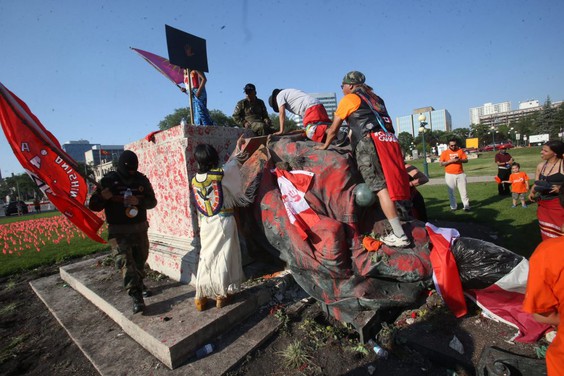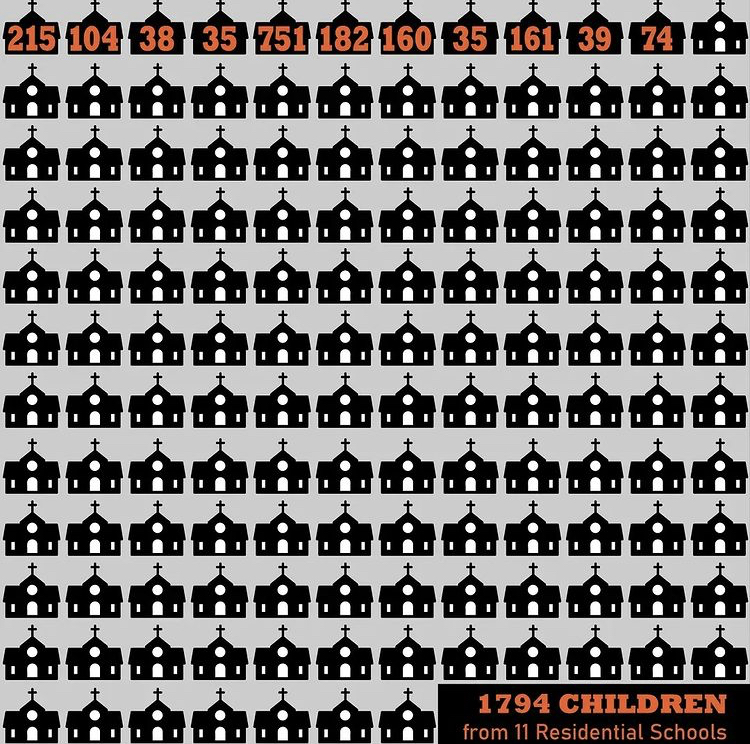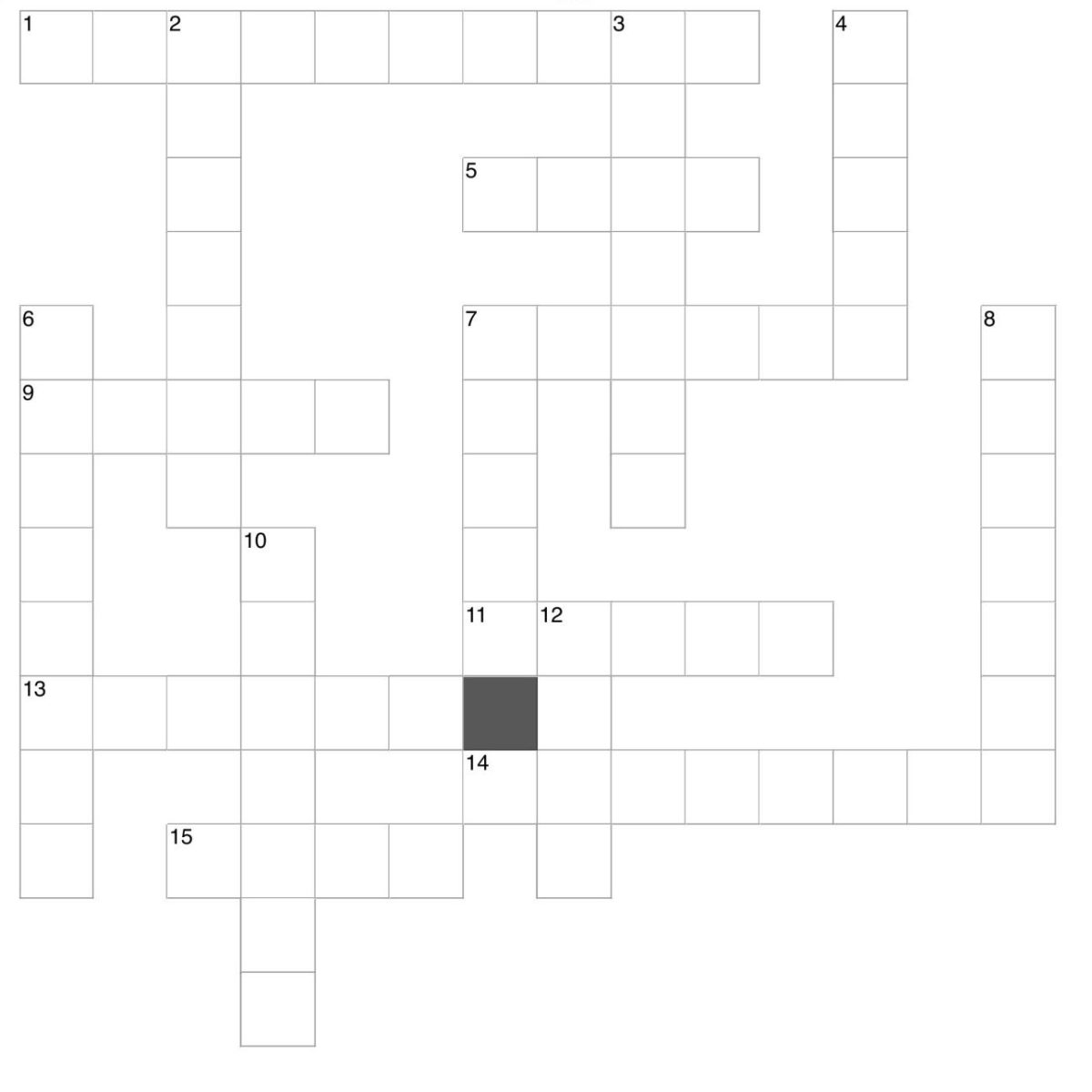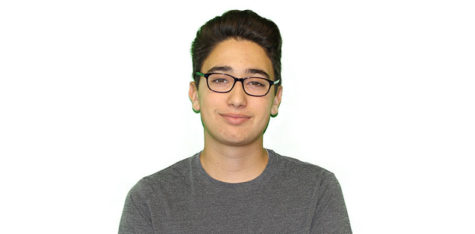
“Good morning, my name is Deborah, and I’m a genocidal prison survivor,” begins Deborah Hayward, a Native American elder.
The words “genocidal prison” are often associated with a concentration camp in Poland 80 years ago or a mysterious far-off communist gulag. However, Hayward is referencing a school where she was locked up in Canada.
Indigenous Foundations Arts describes residential schools as “an extensive school system set up by the Canadian government and administered by churches that had the nominal objective of educating Indigenous children but also the more damaging and equally explicit objectives of indoctrinating them into Euro-Canadian and Christian ways of living and assimilating them into mainstream white Canadian society.”
The residential school system had one motto: “Kill the Indian, save the child.” Pictures taken throughout the twentieth century show nuns shaving the heads of Indigenous boys, stripping away their hair, which is considered sacred in their culture.
One chilling photo taken in 1950 at the Shingwauk Residential Schools Centre shows young Native boys praying on their knees on orderly bunk beds, under the supervision of a nun. But what happened off-camera was much more sinister.

In June of 2021, ground-penetrating radar technology discovered the bodies of 215 Indigenous children buried near Kamloops Indian Residential School in British Columbia, Canada. Residential school survivors felt inspired to share their stories online. One such person was Hayward, who posts daily videos on her TikTok account @amadeb7.
“I attended a residential school in Port Alberni in 1969,” Hayward said in a video she posted on June 1. “I came home from school one day and my bag was packed and I traveled for two days to get to Port Alberni residential school.”
Hayward was sent to residential school in the 1960s and ’70s but the accessibility of photo and video documentation, color television, and telephones didn’t stop the nuns from abusing and controlling her and other children.
“Sometimes in the girls’ dorm at night, I could hear some of the girls crying. I remember standing by the window doing the same thing sometimes,” Hayward said. “There was one time they put a phone outside the laundry area. I remember seeing the phone booth and being excited and picking it up and trying to phone home and getting strapped on the back of the legs by one of the supervisors saying the phone was not there for me.”
Many survivors also reported they were deprived of food and other basic necessities.
“My brother and I were talking about how light our meals were,” Hayward said. “I was saying to my brother that I think we were probably part of that scientific study where they’re trying to see how many vitamins and minerals you need for the day. And I said I did feel like we were part of that because we were very limited to what we could eat. We were fed very small portions and very bland.”
She followed that up, saying, “I had a good rest last night. I dreamt about being a girl running through our village, having a lot of freedom, visiting family, and visiting my grandparents. So I woke up very happy because I got to see my grandparents in my dream.”
Hayward now has 26 thousand followers on her account and a total of 337,000 likes. With that comes some shocking hate comments.
A faceless profile by the name of Aaron Velt commented, “We don’t care about your welfare recipients’ lives, so as far as I’m concerned, 215 is a good start.”
In turn, the TikTok community of all ages fought back with love. Indigenous youth call her Aunty as a sign of respect, and other users emphasize how grateful they are that she is sharing her story.
“I appreciate you,” Hayward replies.
This scale of attention and advocacy in the age of the internet has never been seen before, but many believe it isn’t nearly enough. Thousands of Indigenous people took to the streets on Canada Day, July 1, to directly confront the colonial systems designed against them and their ancestors.
Protesters in Winnipeg covered statues of Queen Victoria and Queen Elizabeth II in red paint to symbolize the blood on the monarchy’s hands in addition to handprints representing all the children who were stolen from their families. BBC reported that statues of other colonizers were covered in red paint and taken down, in addition to ten churches built on Indigenous land burning down. These actions were condemned by the Winnipeg Chief of Police, UK Prime Minister Boris Johnson, and members of the Canadian Parliament, but activists say this is a beginning in the journey to closure.
“I was thinking about how there is 5,296 and counting childrens’ remains, and we are the children, and every child matters,” Hayward said. “I was thinking about the media lately that it has gotten quiet. Please don’t forget the children that did not make it home and the families that were waiting for them.”
“How many children?” Indigenous activists ask.
By August, 1,794 children were found buried at only 11 residential schools, the single largest discovery being 751 bodies in Cowessess, Saskatchewan. As of September, the number tops 6,000. There are 1,300 Canadian residential schools and 367 American residential schools that are yet to be searched. At this rate, there could be tens of thousands of children or more lost in unmarked graves. But for now, the question remains unanswered.
































